Biomimicry Inspirations: For the Aspiring Biomimic and Nature Inspired Innovator!
Two weeks ago, I started thinking about how I could best give back to the wonderful Steemit community that continuously nourishes my never-ending quest for knowledge. While I could write, honestly, I am a much better speaker than writer. So what if I put together some collections of interesting content that could be helpful to aspiring biomimics, circular economists, circular designers, urban planners, architects, and other nature-inspired professionals? Could that be useful?
My First Attempt at Curation
Biomimicry can be intimidating if you don't have a scientific background. My original studies were in engineering, but over the years, I have merged that with scientific explorations to form a research base. This makes distilling studies and papers into functional elements much easier, though I still get caught in the details. With tags like #steemstem and #nature, there is a plethora of content, but much of it is hard to use for anything other than hard-core science.
Most nature-based professionals are not biologists by trade. When you create a biomimicry project, there are two super important roles to have "at the table": a scientist and a designer.
The Scientist—often a biologist, but not necessarily—breaks down what you are trying to build into its biological functions. This makes it easier to search for organisms that carry out this function without getting lost in the design. And once you find the organism, they help you understand the biology being used. For example, did you know that a star-nosed mole has a honeycomb pattern of tightly packed pimple-like structures, named Eimer’s organs, that function as sensory receptors that can quickly identify food[1,2]? They may be blind, but they can identify and devour food quicker than most animals. This super power falls into the function "senses and processes touch; captures solids"
With a function and an organism in hand, you can move on to the design principle, which is what you pass on to the development team that will be working on the prototyping. If you go back to our star-nosed mole, your design principle would look something like, "our design must have appendages with sensors which identify the quality of touched surfaces so that it can select the right things to move." Make sense?
So you can see why understanding some of the biology is important in biomimicry.
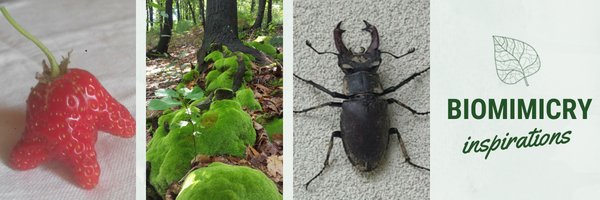
After searching through the last two weeks of content, here are three gems that I hope will bring you closer to the biology without getting lost in the science. I am new at this whole curation thing, so be gentle. It will probably take me a few times to really get good at it. All your comments and suggestions are welcome! With your help, I am sure I will get the hang of it quickly...
Gardening with Alan Turing, and sketching evolution of plants with Da Vinci - Phyllotaxis
by @scienceblocksAs a biomimic and a plant neurobiologist, I am fascinated by how plants do their thing... all their things. Phyllotaxis, the way plants develop and organize their leaves and flower petals, has been mimicked by many to maximize exposure and fit form to function. @scienceblocks gives a super thorough and interesting explanation of Alan Turing's original work on this subject and how it fits in with the theories of DaVinci and other more modern scientists. A great read!
Nature is Extraordinary Beautiful
by @funnel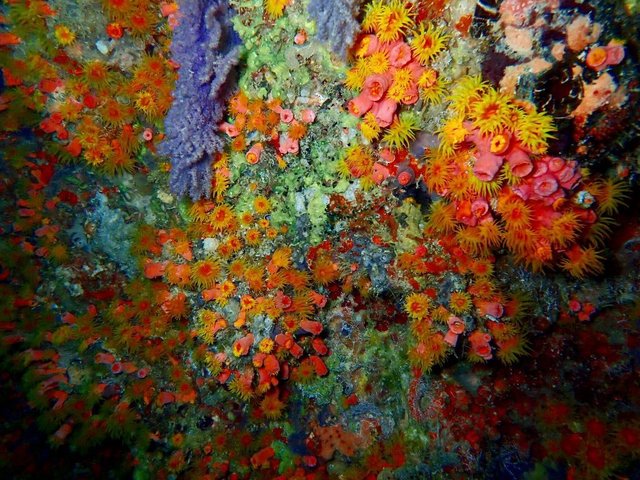
As part of my biomimicry training, I do something called, "iSites". It is quite easy and I always learn something new about nature. Find a place where you can observe nature. It can be a park, reserve, or even your fish tank. Spend at least 20-30 minutes observing. Then take out your nature notebook, and write down all the details: What relationships do you see? How about patterns? What are some adaptations you see as a response to wind/predation/rain/decay/etc? Rather than asking “what is this organism doing?” ask “how does this behaviour fit the environment, and what will the organism do next”? The hardest part for me is sketching, since I am not very artistic, but I am learning.
@funnel's photography makes me wish I could do iSites under water. I grew up by the sea and miss this dimension in my current location. These photos inspire me to find a way to do iSites connected to water, either by going to a nearby lake or taking up scuba!
Nature Identification Thread #22
by @fmountainwashereEven though I work with plants, I must admit I am still not very good at identifying them. Honestly, I am not very good at caring for them, either. I am more of a step back and observe behavior type of girl, which makes me pretty bad with schedules and labels. This is why I love @mountainwashere's weekly series, "Nature Identification Thread". If I can't figure out what a critter or plant is, I know I can ask there.
I hope you find these posts as useful as I do. There is so much knowledge here at SteemIt, and if just one person finds these posts thanks to this one, then I am happy!
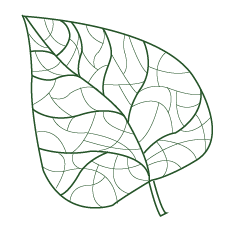
Follow Tigrilla - @yvesoler - for more about
Plant Neurobiology and Biomimicry
SPEAKER | FACILITATOR | NATUREPRENEUR
Facilitating evolutionary Interspecies Communication to CoCreate Nature-Inspired Places, Products, and Processes.
Want to know more?
Plant neurobiology, biomimicry, social innovation, plant music, design, interspecies communication, urban planning... These are just some of the biophilic topics I cover on my website and here on Steemit. Follow along and comment often. My goal is to create discussion, not give a conference! And if you explore related topics, let me know in the comments, I would love to follow you.
REFERENCES
Catania, Kenneth C.. “The sense of touch in the star-nosed mole: from mechanoreceptors to the brain” Phil. Trans. R. Soc. B (2011) 366, 3016–3025
Catania, Kenneth C.. “Structure and innervation of the sensory organs on the snout of the star-nosed mole.” The Journal of comparative neurology 351 4 (1995): 536-48.
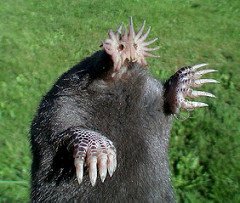
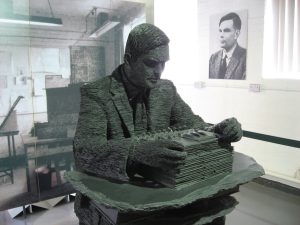
thank you so much for including 'me' in your post!!!...it's my honor !!
Thank you for the post! Truly beautiful photography--I look forward to seeing more!
Glad you are continuing to forge ahead and carve out a larger space here for your skills. Wanted to tell you that Steemit gets some juice in Googles eyes so if you pick titles for you articles right you can also show up on the first page of Google, which will get outside organic traffic of your peers eyes on your work. Perhaps would encourage others of the same interest/skill set to join or at least funnel through to your website.
Thanks for the tip! I will definitely keep that in mind the next time I write.